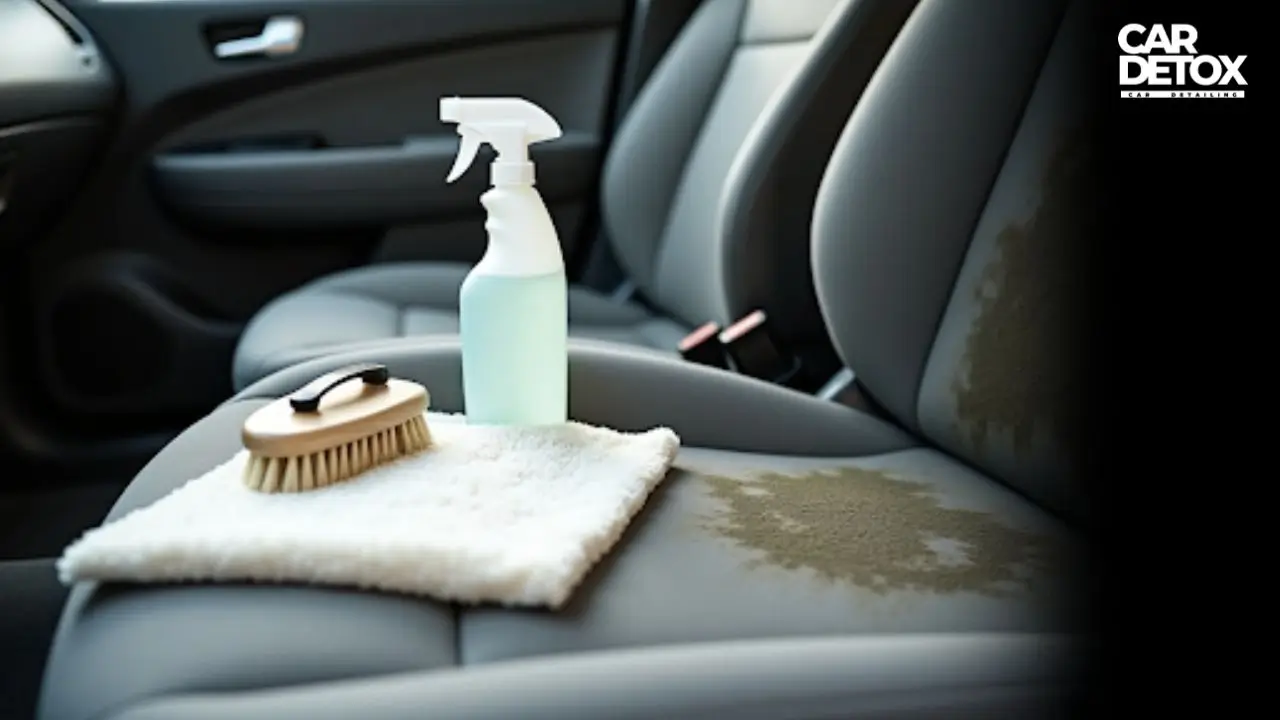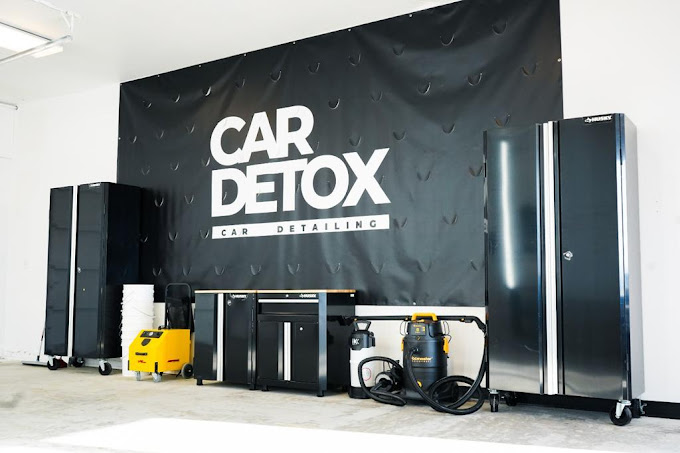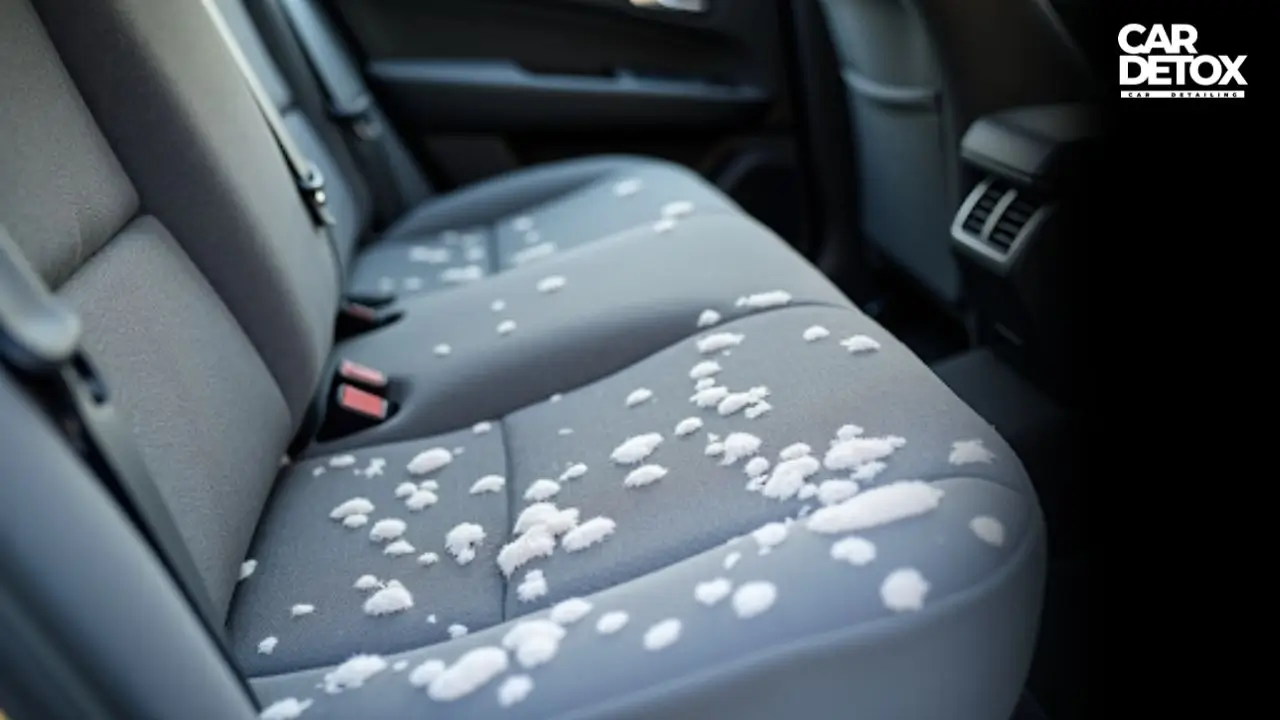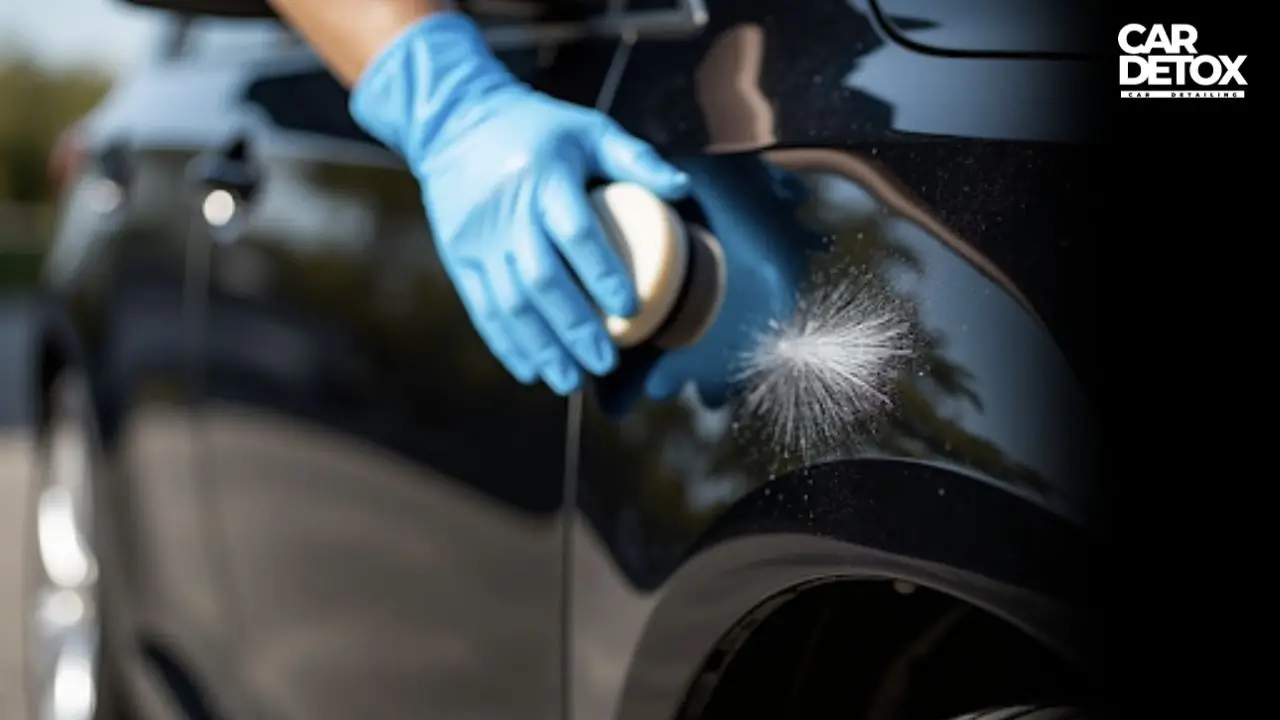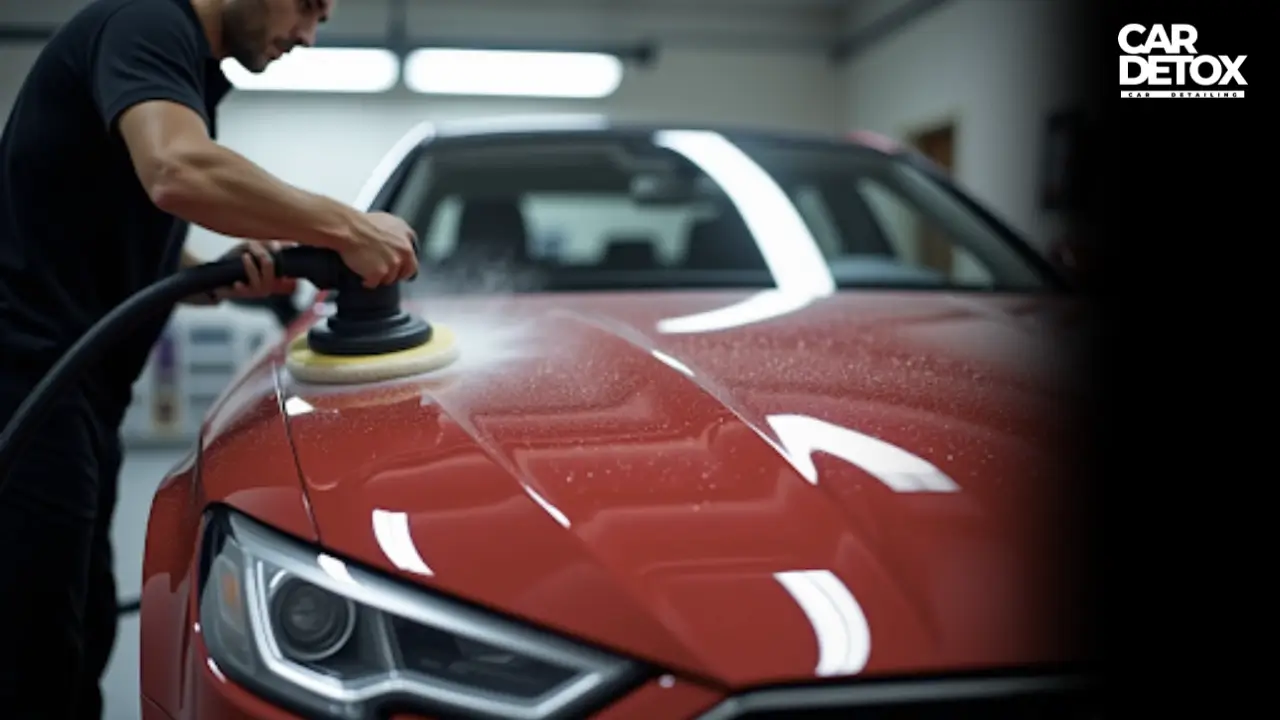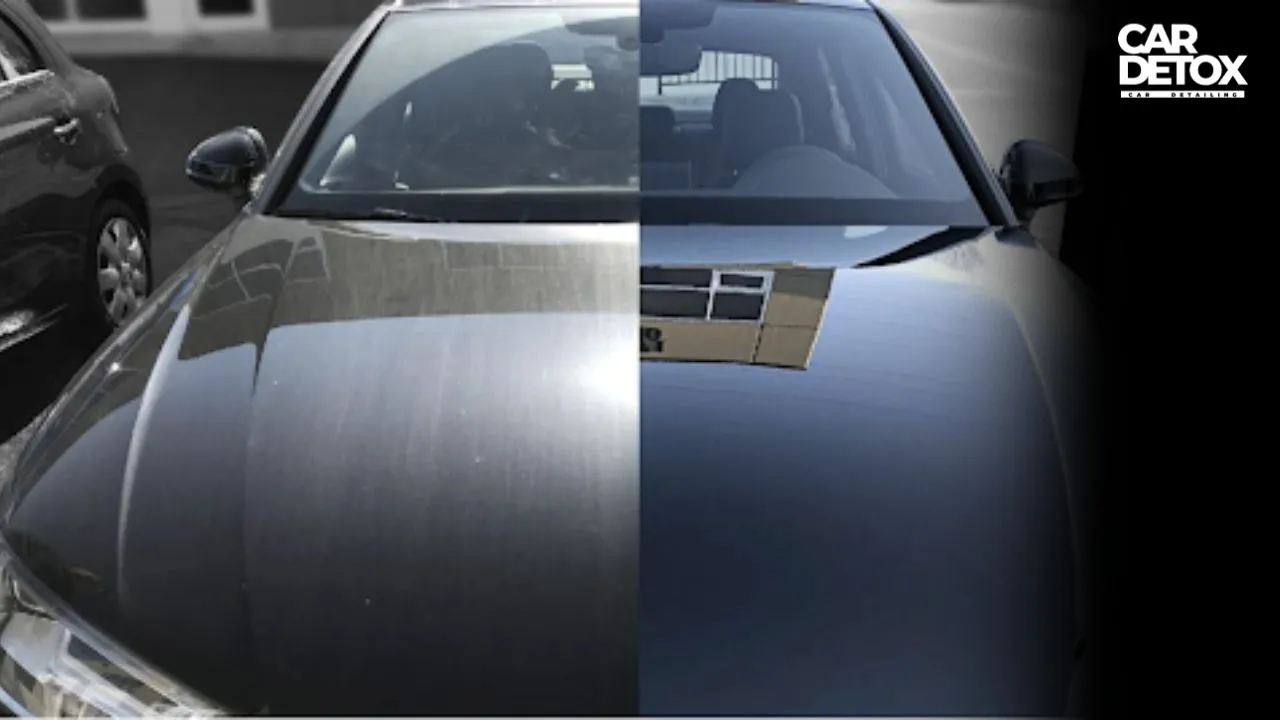Finding out how to get mold out of car seats becomes urgent when fuzzy patches start spreading on your vehicle's upholstery. Your car runs on moisture and warmth, creating perfect conditions for mold growth. The problem goes beyond looks - mold creates awful smells and damages your car's upholstery and interior surfaces permanently.
Your vehicle's enclosed space makes the situation worse because mold spores travel through the air rapidly. The health risks are serious, especially when you have asthma or breathing problems. Some mold species can be lethal if humans breathe or consume them. Black mold poses the greatest threat and causes severe symptoms like bloating, stomach pain, and difficulty breathing.
This piece shows you the right way to clean your car's moldy interior safely and effectively. We cover everything from the root causes of mold growth to budget-friendly options like baking soda and stronger chemical treatments. Your car's interior will look great again while keeping you healthy! Mold on your car seats? Car Detox’s deep interior detailing removes every trace of mold and restores a clean, fresh cabin.
Understand the Problem Before You Clean
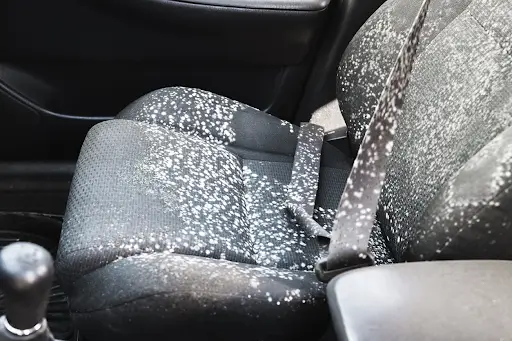
Getting rid of mold from car upholstery becomes easier when you know what you're up against. Mold isn't just an eyesore—it's a living organism that needs specific conditions and can pose health risks.
Why mold grows in car interiors
Your car creates the perfect breeding ground for mold, which runs on three basic things: moisture, warmth, and organic material. Bad car maintenance lets food particles and debris build up, giving mold colonies the food they need. Cars sitting unused in dark spots make things worse as mold spores multiply using trapped moisture and oxygen.
Weather makes a big difference, too. Cars face higher risks in areas with heavy rainfall, flooding, or humid conditions. Simple things add moisture to your car's interior: spilled drinks, open windows during rain, wet shoes, or damp gym clothes left inside.
Health risks of mold exposure in cars
Mold exposure in your car's tight spaces can lead to serious health issues. You might experience allergic reactions like sneezing, watery eyes, and breathing problems. The risks are much higher if you have asthma, lung diseases, or a weak immune system.
Long-term exposure can cause worse symptoms. These range from constant coughing and sore throats to skin problems, headaches, and tiredness. In extreme cases, you might even face mood changes and confusion. The small space inside your car makes these effects worse, turning a small issue into a potential danger.
How to inspect upholstery for hidden mold
Mold doesn't always show itself clearly. Start by checking for musty odors—usually the first sign before you see any growth. This smell becomes obvious when you turn on your car's AC.
Check these spots where mold likes to hide: Underfloor mats and carpets
- Inside the HVAC system and air vents
- Behind seat cushions and under seats
- Inside the trunk and behind the interior panels
Look beyond visible patches (black, white, or green spots) for water stains, window condensation, or mysterious damp areas. Note that mold spores can spread through your entire car even when problems seem contained to one area.
Choose the Right Mold Removal Method
Finding mold in your car means you need to pick the right cleaning solution. You have several options to choose from - simple kitchen items to specialized cleaning products.
Natural options: vinegar, baking soda, clove oil
White vinegar kills mold spores with its mild acid. You can mix eight parts white vinegar with two parts water in a spray bottle. Bad cases of mold might need pure vinegar. The strong smell goes away once it dries.
Baking soda cleans and gets rid of odors. It soaks up moisture, which makes it great for fighting mold. Just sprinkle it on the moldy areas and let it sit for about 20 minutes. Then vacuum it up really well.
Clove oil isn't as popular, but it has strong antifungal properties. Mix a quarter teaspoon with one liter of water and spray it where needed. Let it sit for 20 minutes before you rinse it off. Be careful not to get it on your skin because it can irritate.
Chemical options: enzyme cleaners, alcohol, bleach
Enzyme-based cleaners fight mold at the molecular level and work on different types of mold. You can find these products at most hardware stores.
Alcohol kills mold by breaking down its fats and proteins. Mix equal amounts of rubbing alcohol and water to clean fabrics and porous surfaces. Despite that, alcohol only works on the mold you can see. It won't kill spores or get rid of mycotoxins.
Bleach works well but only on hard surfaces. When you use it on soft materials like upholstery, the chlorine evaporates quickly. This leaves water behind that might make your mold problem worse.
Pros and cons of each method
Natural solutions are safer because they don't have harmful chemicals. Vinegar works great on many materials, even leather and vinyl. Chemical cleaners might work faster on bad mold spots, but they could harm your health or damage materials.
Cost is another factor to think about. Vinegar and baking soda are cheaper than special cleaners. Natural options are also better for the environment.
Testing on a small area first
Whatever cleaning method you pick, test it first in a hidden spot. This helps you spot any color changes or damage. Put a little bit on, wait a few hours, and look for any bad reactions before you clean the whole area.
Step-by-Step Cleaning Process
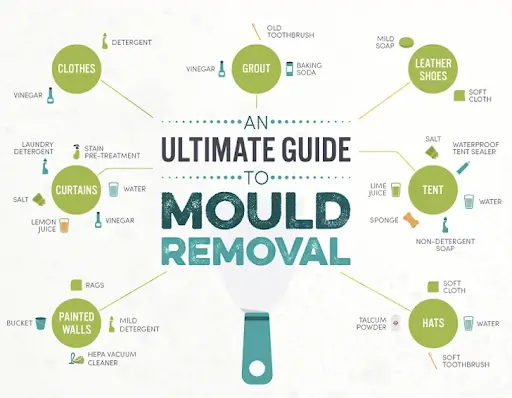
You've picked your cleaning solution, and now it's time to tackle the mold on your car's upholstery. A systematic approach will give a complete elimination without damaging your vehicle's interior.
Vacuum the upholstery with a HEPA filter.
Start by putting on protective gear—face mask, rubber gloves, and goggles—to shield yourself from harmful spores. A vacuum with a HEPA filter should be your first too, as it traps mold spores instead of spreading them back into the air. The vacuum needs to reach seams, crevices, and areas beneath seats where mold likes to hide. Your fabric seats need an upholstery attachment to encourage engagement to maximize cleaning power.
Apply your chosen mold cleaner.
The next step begins after vacuuming. Spray your vinegar-based cleaners generously on affected areas and wait 10-15 minutes. This waiting period helps the solution kill mold spores effectively. Your car's doors should stay open to maintain good ventilation. Stubborn mold clusters might need a gentle scrub with an old toothbrush before treatment.
Scrub gently and avoid oversaturation.
A light scrub with a microfiber towel or soft-bristled brush works best. Your upholstery's fibers can be damaged from heavy scrubbing, so gentle agitation works better without causing harm. The fabric should feel damp but not soaked through to the foam underneath. Too much moisture takes longer to dry and can make stains reappear on the surface.
Dry the area completely to prevent regrowth.
A bone-dry surface is vital since moisture creates ideal conditions for mold to return. A wet/dry vacuum with an upholstery attachment helps remove excess moisture. Your car should sit in direct sunlight with open doors if the weather allows. Fans or a dehumidifier speed up drying when sunlight isn't available. Note that damp carpet or upholstery left for more than 24 hours can invite new microbial growth.
When to Call a Professional and How to Prevent Mold
Your DIY methods might not work against serious mold problems in car upholstery. Professional help becomes necessary in such cases.
Signs you need expert help
You should call professional cleaners at the time:
- Mold covers more than 10 square feet (roughly 3ft by 3ft)
- Seat cushions show mold penetration, or HVAC systems get affected
- Musty odors stay even after you clean
- You or your passengers show health symptoms like breathing problems or allergic reactions
Car detailing experts use industrial-grade equipment with specialized chemicals and antimicrobial treatments. These tools work better on deep contamination. Don’t let mold ruin your car’s upholstery—Car Detox uses advanced cleaning and sanitizing methods for a spotless finish
Tips to prevent mold in car seats and carpets
Moisture control plays a key role in stopping mold growth. Always wipe up spills immediately, even if you need to sit on a wet spot briefly. You can use:
- Washable seat covers that come off easily
- Custom-fit rubber floor mats that trap water in deep grooves
- Silica-based car dehumidifiers or moisture absorbers under your seats
Best practices for long-term car hygiene
Your car's interior stays mold-free with consistent maintenance. Regular checks of weather seals around windows, doors, and sunroof help spot damage early. Run your AC system occasionally, even during cold weather, to keep air flowing. A breathable custom-fit cover works better than plastic for long-term storage since plastic traps moisture. Professional detailing services offer seasonal deep cleaning that reaches spots household tools can't access easily.
Conclusion
Mold in your car's upholstery needs quick action and proper cleaning methods. These fuzzy patches can spread through your vehicle if left untreated and cause both cosmetic damage and health risks. The small space inside your car makes mold exposure even more dangerous.
Good ventilation, quick fixes for moisture, and regular cleaning will substantially cut down future mold problems. Your car is a big investment. Protecting its interior from mold keeps its value high and ensures your health and comfort during every drive.
Keep your car dry, clean up spills right away, and make sure mold has no chance to grow. These simple steps will help you enjoy a clean, fresh-smelling, and mold-free car for years to come. From hidden spores to stubborn stains, Car Detox brings your upholstery back to life with professional interior restoration
FAQs
Start by vacuuming with a HEPA filter, then apply a cleaning solution like vinegar or a commercial mold cleaner. Gently scrub the affected areas, avoid oversaturating the fabric, and ensure thorough drying to prevent regrowth.
Natural options include white vinegar (mixed with water), baking soda, and clove oil. These solutions are effective, safe, and environmentally friendly alternatives to chemical cleaners.
Seek professional assistance if the affected area exceeds 10 square feet, mold has penetrated deep into seat cushions or spread to HVAC systems, persistent odors remain after cleaning, or if you experience health symptoms related to mold exposure.
Prevent mold by controlling moisture, wiping up spills immediately, using washable seat covers, installing custom-fit rubber floor mats, and placing silica-based car dehumidifiers under seats. Regular ventilation and maintenance are also crucial.
Bleach is not recommended for car upholstery as it's only effective on non-porous surfaces. On porous materials like fabric seats, bleach can evaporate quickly, leaving behind moisture that may worsen the mold problem.
Our Popular Services
Car Detailing Services | Ceramic Coating Services | Pet Hair Removal Services | Mobile Auto Detail Services Happy Valley | Car Detailing Services in Tualatin
Find Us On Map
Car Detox - Auto Detailing Services
Book An Appointment
Revive your ride anytime, anywhere
Schedule AppointmentQuestions? Call us now!

